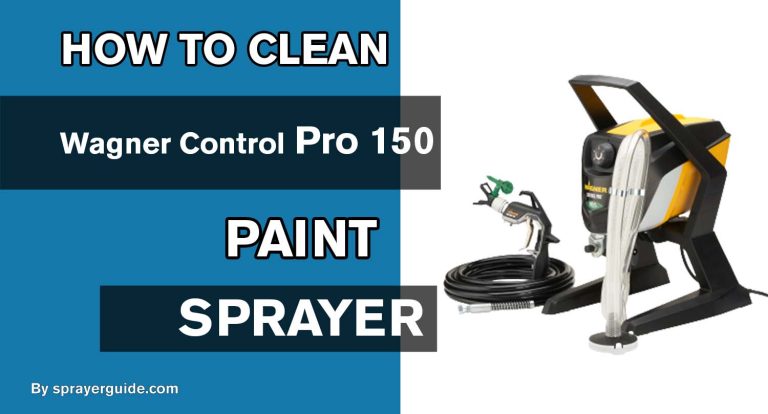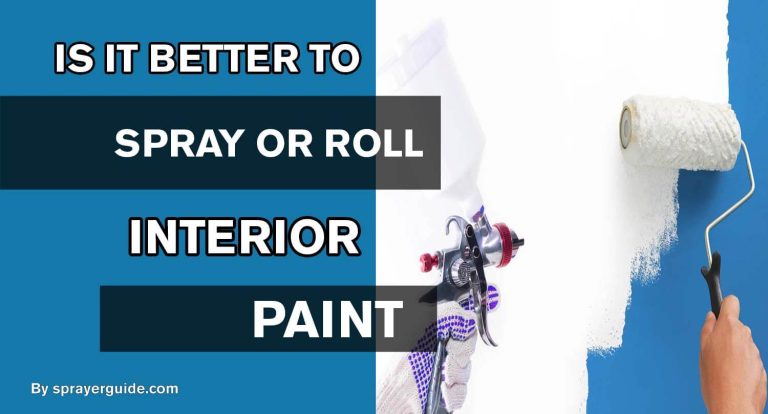If you have ever used spray paint on a project, you know how important it is to wait until the paint is completely dry before moving on. There isn’t always a simple answer to how long spray paint needs to dry. It depends on what you’re painting and what paint you use. So, if you want to know how long different kinds of paint, conditions, and surfaces take to dry, this blog post has everything you need to know!

Factor Affecting Spray Paint Drying Time
Temperature:
The temperature has a direct impact on the drying time of spray paint. Warmer temperatures cause the paint to dry more quickly, while cooler temperatures make it take longer for the paint to set.
Type of Paint:
Different spray paints have other recommended drying times and may require additional conditions to dry properly. Acrylic-based paints generally dry faster than oil-based paints, but both need adequate heat and air circulation to cure properly.
Application Method:
Applying your spray paint will affect drying time; thick layers take much longer to dry than thin layers. It will help if you practice proper safety precautions, such as wearing a respirator to avoid inhaling fumes and using an even amount of pressure when spraying.
Humidity:
High humidity can increase the drying time of your spray paint, inhibiting solvent evaporation and causing the paint to remain wet for longer periods. Work in a dry environment with low moisture levels, if possible, for the best results.
Film Thickness:
A thicker film may take longer to dry than a thinner one because more solvents must evaporate before the paint is completely cured. When applying spray paint, keeping your layer thickness consistent ensures an even drying process.
Ventilation:
Good airflow and ventilation can help speed up the drying process of your spray paint if you are working indoors, open windows, or use a fan to circulate air to avoid any hazardous fumes buildup.
Shelf Life:
The shelf life of some paints is longer than others; certain types may last several years without losing their effectiveness, while others may need to be used immediately for best results. Always check the expiration date on cans before using them for optimal performance.
Color:
Different colors dry at different rates; darker shades take longer than lighter ones, as they require more layers of paint and additional time for the pigment particles to settle before completely cured.
Primer:
Applying a primer before spray painting can help speed up the drying process by providing a base for the paint to adhere to and preventing it from soaking into porous surfaces.
Substrate:
The type of material you spray onto is also important; some substrates absorb paint quicker than others, resulting in longer drying time. Using an appropriate sealant or primer when working with a porous substrate is important to ensure proper adhesion and prevent discoloration over time.
How Long Does It Take for Various Spray Paints to Dry?
Knowing how long different spray paints may take to dry is important, as the time frame from application to full dryness can vary significantly between materials. Here’s a brief overview of the typical drying times for some common paint types:
Oil-based Spray Paint:
Oil-based paint usually takes 1-4 hours for a single coat and up to 24 hours for multiple coats. The surface should be touch dry after an hour, but waiting until the recommended drying time before starting on additional coats is best.
Latex Paint:
Latex paint is generally considered one of the quickest-drying paints available. It typically takes around 30 minutes for a single coat and up to 4 hours for multiple coats. After a few hours, the paint should be dry to the touch.
Lacquer Spray Paint:
Lacquer sprays are one of the fastest-drying paints available, typically taking only 20 minutes or less for a single coat. However, it’s best to wait at least 24 hours before applying additional layers or allowing regular use of the surface.
Acrylic Spray Paint:
The acrylic spray dries relatively quickly, usually within an hour or two depending on the type and amount used. This paint is often used in craft projects as it dries quickly enough that you can move on to other stages relatively soon after spraying.
Enamel Paint:
Enamel paints take 4–6 hours to dry for a single coat and up to 24 hours for multiple coats. It should be touch dry after an hour, but waiting the full recommended time is best before starting on additional layers.
Polyurethane Paint:
Polyurethane paint usually dries within 1-3 days depending on the thickness of the application. Although most polyurethanes are considered “dry” after 6 hours, it is important not to damage them in any way until they have been given plenty of time to cure fully.
Epoxy Paints:
Epoxy paints allow you to get back into service quickly as they only require about 8-10 hours for a single coat and up to 24 hours for multiple coats. After this time, the paint should be dry and ready for use.
Overall, it is important to consider the spray paint you are using and follow the manufacturer’s instructions on drying times to get a professional-looking finish. With this guide as your reference, you can ensure that your project has the best chance of success.
Frequently Asked Questions:
Spray paint typically takes 40-50 minutes to dry on wooden surfaces. The thicker the layer of paint, the longer it will take to dry completely. However, applying a second coat of paint before the first coat is fully dried can cause smearing and other issues that may not be reversible.
Spray painting plastic often takes slightly less time than spraying wood, with drying times ranging from 20-30 minutes. It’s important to remember that some types of plastic are more porous than others; this can lead to slow drying times or even a complete failure of the paint to stick to the surface.
Spray painting glass usually takes 35-45 minutes for a thin layer of paint and as much as 30 minutes or more for thicker layers. Because there is no absorbent material, like wood or plastic, beneath the paint, there is less risk of smearing or other issues that can occur with an uneven application.
To speed up drying times for any surface type, use a fan or hairdryer set on the lowest setting to blow air over the painted area. This will help evaporate some of the solvents, thus speeding up the drying process. It’s important to remember that this can also cause dust and other airborne particles to settle on the wet surface, so be sure to clear away any debris before you start blow-drying. Additionally, using quick-dry spray paint or adding a few drops of rubbing alcohol to your standard spray paint can help it dry faster.
Conclusion:
In conclusion, the amount of time it takes for spray paint to dry is affected by various factors, including the type of paint used, the temperature and humidity of the surrounding area, how thickly the paint was applied, and how many coats were applied. Usually, spray paints dry in 20 minutes to two hours, although some specialist paints may require more time. Let each layer dry completely before adding extra coats or a finish to ensure your project is completed correctly. You can build amazing things with spray paint if you follow these simple procedures.
Read More:
- How Long Does Primer Spray Paint Take To Dry
- How To Spray Paint Wood Chairs
- How To Thin Water-Based Paint For Roller
- How Long Does Spray Paint Take To Dry Metal
- Is It Better To Spray Or Roll the Interior Paint
- Does A Paint Sprayer Use More Paint Than A Roller
- How To Thin Water-Based Paint For Spraying
- How To Clean Wagner 350 Paint Sprayer
- How To Paint A Textured Ceiling With A Roller
- Which Is Better, Air Or Airless Paint Sprayer
- How To Use Hvlp Spray Gun
- How Long Does Spray Paint Take To Dry On Cardboard
- Graco Magnum Prox17 VS X5






